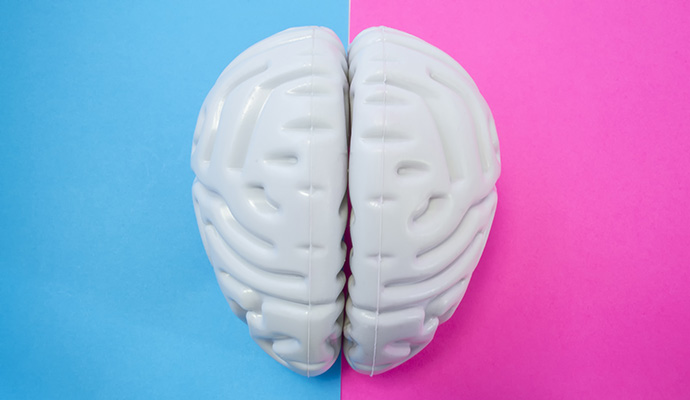How Mental and Behavioral Health Disparities Impact Adults, Youth
American Indian/Alaska Native adults faced higher rates of substance use disorder and drug deaths, highlighting mental and behavioral health disparities.

Source: Getty Images
- Mental and behavioral health disparities disproportionately impact racial minority groups, people with disabilities, and those who identify as lesbian, gay, or bisexual, a report from UnitedHealth Group revealed.
The COVID-19 pandemic exacerbated mental and behavioral health challenges in the United States, highlighting disparities among adults and children.
United Health Foundation’s America’s Health Rankings Health Equity in Focus: 2023 Mental and Behavioral Health Data Brief analyzed 15 mental and behavioral health measures using data from four national public health surveys between 2011 and 2021.
The brief found that mental and behavioral health disparities among adults and youth differed by race and ethnicity. For example, American Indian/Alaska Native populations faced significantly higher and increasing rates of drug death and teen suicide compared to other racial and ethnic groups.
American Indian/Alaska Native adults saw a 3.4 times higher rate of substance use disorder and a 3.0 times higher rate of illicit drug use than Asian adults in 2021. Similarly, Black adults had a 2.2 times higher rate of substance use disorder and a 1.9 times higher rate of co-occurring low-to-moderate mental illness and substance use disorder than Asian adults.
American Indian/Alaska children (31.2 percent) were more likely to face two or more household-level adverse childhood experiences compared to Asian (2.2 percent), Hispanic (10.3 percent), Black (15.9 percent), and multiracial children (15.5 percent). These experiences can include divorce, witnessing physical violence in the home, and death or imprisonment of a parent or guardian.
Hispanic adults were 1.7 times more likely to have had a major depressive episode in the last year compared to Asian adults, while Hispanic youth had a 1.5 times higher rate compared to Black youth.
White adults experienced higher rates of illicit drug use than Asian adults (18 percent versus 8.3 percent), and White children (9.7 percent) were more likely to have diagnosed anxiety than Asian children (2.3 percent).
Mental and behavioral health disparities also affected adults and youth with disabilities, the brief found. Adults with disabilities were more likely to experience frequent mental distress and to have had a major depressive disorder in the past year compared to those without disabilities. Adults with disabilities were also more likely to have suicidal thoughts (12.5 percent versus 3.8 percent).
Youth with disabilities were 6.5 times more likely to have diagnosed anxiety and 3.4 times more likely to have experienced a depressive episode in the last year compared to youth without disabilities. In addition, youth with disabilities were 2.6 times more likely to face two or more household-level adverse childhood experiences.
Adults with disabilities (25.2 percent) had higher rates of illicit drug use than those without disabilities (15 percent) and were more likely to have a substance use disorder.
Adults who identify as lesbian, gay, or bisexual (LGB) experienced more disparities in mental and behavioral health than heterosexual adults, according to the brief. Suicidal thoughts were more common among LGB adults (18.1 percent) than heterosexual adults (3.7 percent). Additionally, LGB adults were 3.9 times more likely to have had a major depressive episode in the last year and 1.7 times more likely to have unmet mental health treatment needs.
Nearly a third of LGB adults experienced a substance use disorder compared to 16 percent of heterosexual adults. Rates of co-occurring low-to-moderate mental illness and substance use disorder were also 2.5 times higher for LGB adults.
Within all populations, mental and behavioral health challenges were common among young adults between 18 and 25. Between 2011 and 2021, the share of young adults with frequent mental distress increased from 12.1 percent to 24.4 percent. Young adults also experienced an 88.5 percent increase in depression diagnoses over this time.
Mental and behavioral health challenges also disproportionately impacted low-income youth and adult and youth females.
